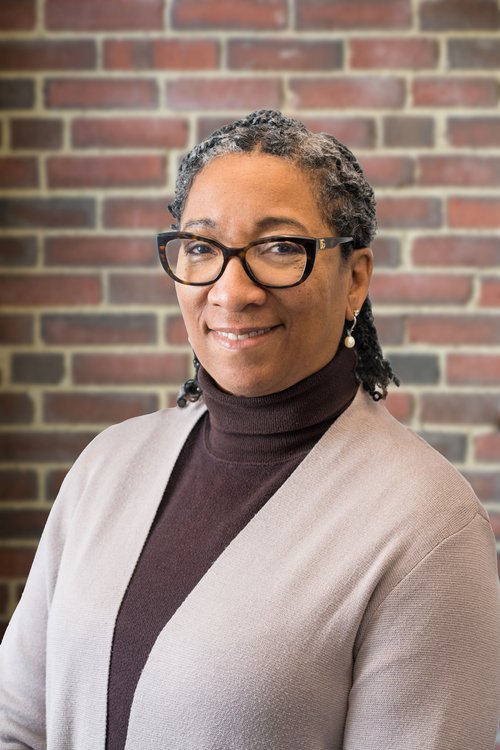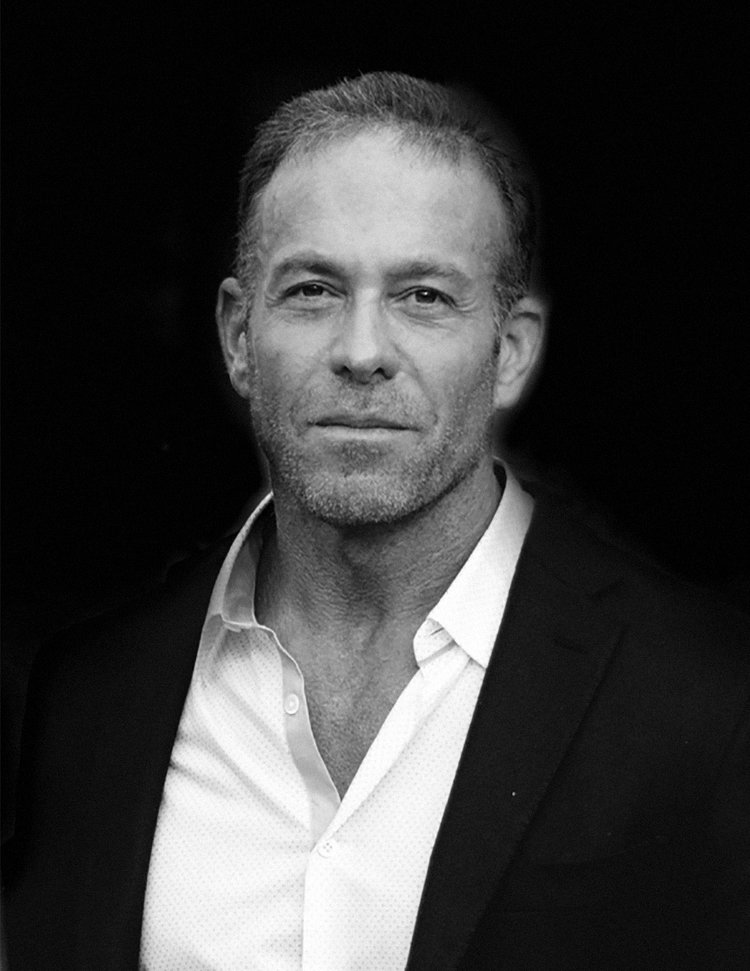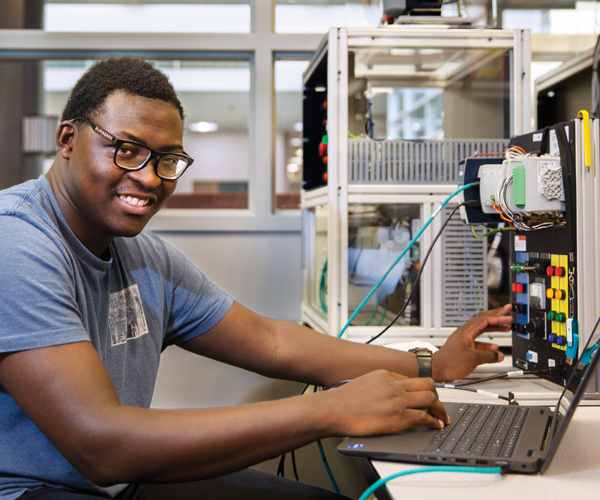Ohio Aerospace Institute Expands Opportunities for Advanced Air Mobility
A unique collaboration with Quebec provides potential for an international hub for AAM and drone industries. By Terry Troy — Partnership Content
by Terry Troy — Partnership Content | Nov. 3, 2024 | 4:00 AM

What started as helping a company find funding for the research and development of unique, new hydrogen fuel technology has grown into an international collaboration between Ohio and the Province of Quebec. That collaboration could further grow to establish Ontario, Quebec, and seven states surrounding the Great Lakes into an international hub for the advanced air mobility (AAM) and drone industries.
Parallax Advanced Research of Beavercreek, Ohio, an affiliate of Ohio Aerospace Institute, through funded programs that it manages, such as the Academic Partnership Engagement Experiment (APEX) on behalf of the U.S. Department of the Air Force, helped NEOEx Systems Inc., a company headquartered in Amherst, in Northeast Ohio, develop a technology that will enable a revolution in unmanned aerial vehicles (UAV). It will provide on-board energy and power for extreme long-duration, long-range operations.
The NEOEx system can generate small quantities of liquid hydrogen to the drone, where another on-board system stores the liquid and directs it to a fuel cell. In turn, that fuel cell produces electricity that powers drone flight. Water and heat are emitted as byproducts, making liquid hydrogen a cleaner energy source than fossil fuels or batteries.
“I started NEOEx in 2015 with the idea of using my cryogenic hydrogen background to enable small and large drones to increase their endurance and range,” says Mark Haberbusch, founder of NEOEx. “As a part of that process, I pretty much talked to everybody in the State of Ohio, trying to find funding opportunities. Then came Bob [Tanner] of Parallax, who suggested I work through the APEX program.”
APEX has the mission to connect universities, businesses and the government; build collaborations between these sectors; identify their transformational operational defense solutions and capabilities; and advance defense technology development for the Department of the Air Force. APEX is a partnership intermediary agreement between Parallax and the Department of the Air Force.
“We put together a really good pitch on what we were trying to do with liquid hydrogen and drones and solving the problem of how to use small quantities of liquid hydrogen as fuel,” says Haberbusch.
It wasn’t long before NEOEx landed a multi-million-dollar defense contract to develop systems that fuel drones for the military.
Drones, outfitted with NEOEx’s on-board storage and power system, are capable of flying up to 20 hours or 1,000 miles. The best news is that the technology is scalable.
“Mark continues to do great, innovative work here in the U.S.,” says Bob Tanner, who serves as executive director of Aerospace Partnerships for Parallax Advanced Research. “They ultimately got a second military contract.”
But the story is far from over.
This past summer, Parallax and OAI were invited to the International Aerospace Innovation Forum hosted by Aero Montreal. Haberbusch from NEOEx attended the innovation forum as well.
“Aero Montreal is something of a sister organization to Parallax and the OAI, only it’s in Canada,” says Jarrod Morley, senior director of Strategy and Innovation for the organization.
Aero Montreal joined something called GLASTA (the Great Lakes Aviation and Space Technology Alliance, “and the goal is to showcase the capability, capacity and resiliency of the Great Lakes region as an aerospace hub in North America and the world, even though currently it’s just Quebec and Ohio that are a part of the process,” says Morley.
“What we are trying to do is play matchmaker between Mark’s technology and our drone manufacturers, to see what we can do to further commercialized drone usage on a scalable size.
“What we are bringing to the table is not only the drone but also an environment and infrastructure that will support the engineering, certification and business validation between Ohio and Quebec — to validate Mark’s work as well as his business proposition.”
“Ultimately, our goal is to expand our alliance to include the seven other U.S. states surrounding the Great Lakes as well as Quebec and Ontario,” adds Morley. “We need to demonstrate the capacity and capabilities of an international collaboration to make that happen.”
Trending
-
1
-
2
-
3
-
4
-
5










